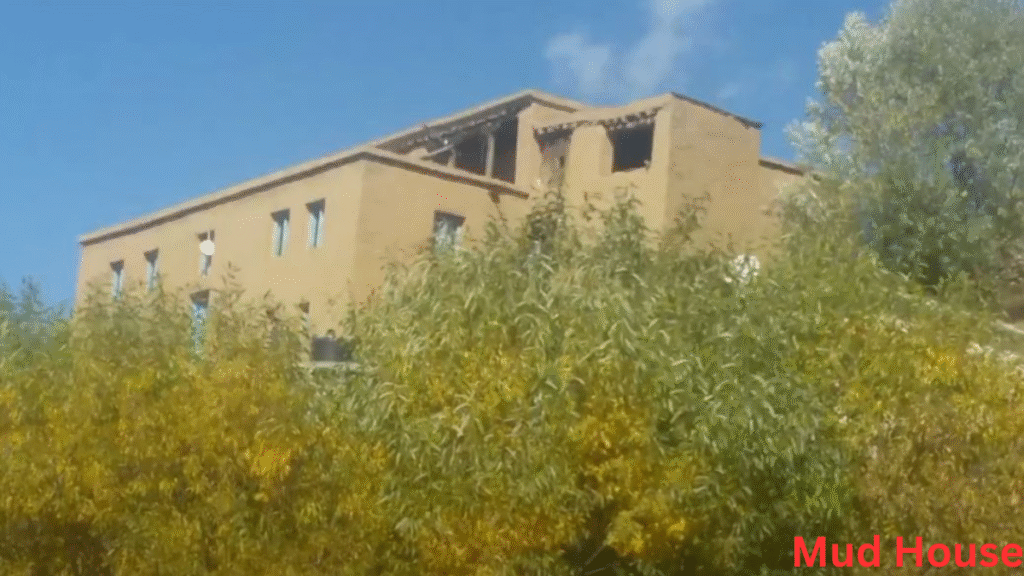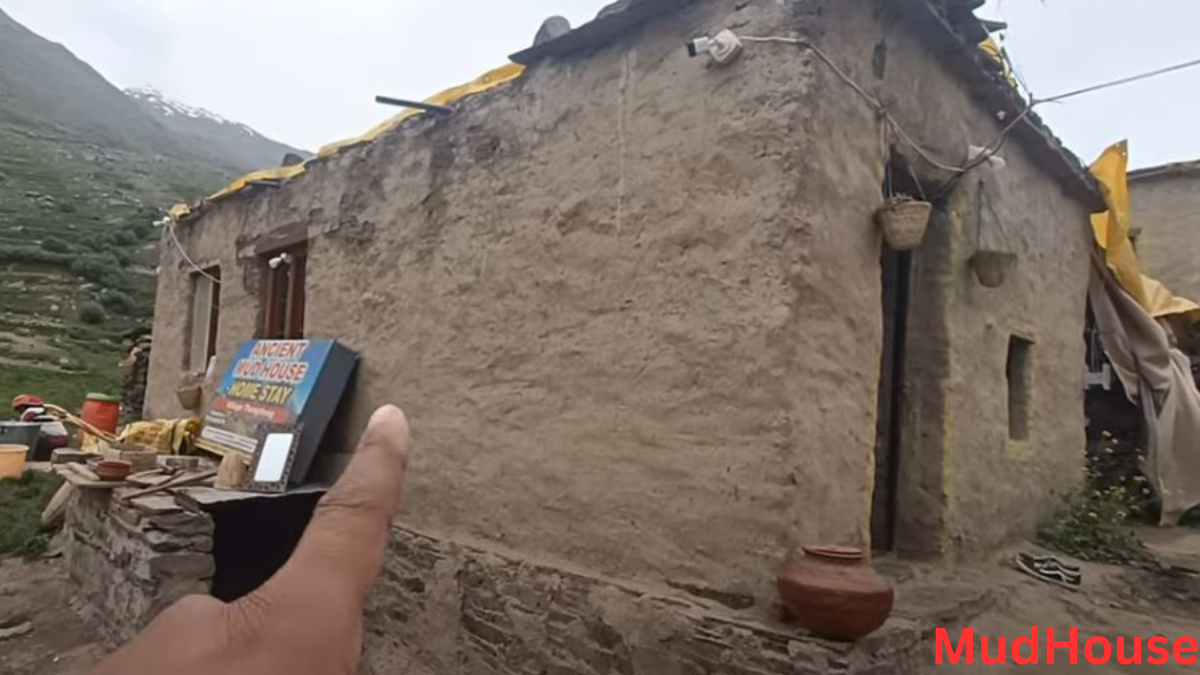Nestled amidst the towering peaks of Himachal Pradesh, Lahaul Valley has long remained a hidden gem, untouched by the rapid commercialization that has swept through many tourist destinations. However, recent trends indicate a shift in traveler preferences, with many opting for the rustic charm of traditional mud houses over the opulence of five-star hotels. This transition is not merely about accommodation choices; it reflects a deeper yearning for authenticity, sustainability, and a connection to nature.In the heart of Himachal’s tribal belt, traditional mud houses in Lahaul Valley and Spiti are becoming unexpected lifelines for unemployed youth. These age-old earthen dwellings some standing strong for over a hundred years—are now magnets for travelers seeking raw, authentic experiences. Tourists from across India and beyond are bypassing luxury resorts in favor of these rustic, history-soaked homes, allowing locals to generate income without leaving their ancestral lands.As the trend gains momentum, a quiet transformation is underway. Many of these mud houses, once forgotten relics of the past, are being lovingly restored by the younger generation. With passion and pride, local youth are breathing new life into their heritage turning traditional homes into functional, eco-conscious homestays that blend old-world charm with basic modern comforts.
The Allure of Traditional Mud Houses
Traditional mud houses in Lahaul Valley and Spiti, some over a century old, have become a beacon for tourists seeking genuine experiences. Constructed using locally sourced materials like mud, stone and wood these homes are not only environmentally friendly but also naturally insulated, keeping interiors warm during harsh winters and cool in the summer months . Their architectural design, rooted in Tibetan influences, offers a unique aesthetic that modern constructions often lack.
Beyond their structural advantages, these mud houses serve as a testament to the region’s rich cultural heritage. Staying in one offers travelers an immersive experience, allowing them to partake in local customs, savor traditional cuisines and engage with the community on a personal level.
Economic Empowerment Through Sustainable Tourism

The rise in popularity of these traditional accommodations has opened new avenues for local youth. By renovating ancestral homes into homestays, many have found a sustainable source of income, reducing the need to migrate to urban areas in search of employment . This shift not only preserves the architectural legacy of the region but also ensures that tourism benefits are equitably distributed among the community.
Moreover, the emphasis on eco-friendly tourism aligns with global efforts to combat climate change. By choosing mud houses over energy-intensive hotels, travelers contribute to reducing their carbon footprint, promoting a model of tourism that prioritizes environmental conservation.
The Role of Community and Culture
The residents of Lahaul Valley have consistently demonstrated unparalleled hospitality. During times of crisis, such as when visitors were stranded due to unforeseen circumstances, locals have gone above and beyond to provide shelter, food and warmth . This spirit of generosity and community engagement enhances the appeal of the region, making it more than just a travel destination it becomes a place of human connection and shared experiences.
Furthermore, the integration of tourists into daily village life fosters mutual respect and understanding. Visitors gain insights into age-old traditions, agricultural practices and spiritual beliefs, enriching their travel experience beyond conventional sightseeing.
Challenges and the Path Forward
While the surge in tourism brings economic benefits, it also poses challenges. The fragile ecology of Lahaul Valley is susceptible to degradation if tourism is not managed responsibly. Concerns have been raised about waste management, infrastructure strain and the potential loss of cultural identity.
To address these issues, there is a pressing need for comprehensive tourism planning. This includes implementing waste disposal systems, regulating tourist influx and ensuring that development projects align with environmental sustainability. Engaging local communities in decision-making processes will be crucial in crafting policies that balance economic growth with ecological preservation.
Conclusion
The preference for mud houses over luxury hotels in Lahaul Valley signifies a broader shift in travel paradigms. Modern travelers are increasingly seeking authentic, sustainable and immersive experiences. Lahaul Valley with its rich cultural tapestry, architectural heritage, and community-driven hospitality, stands poised to lead this new wave of tourism.
By embracing and promoting its traditional mud houses, the region not only offers a unique experience to visitors but also charts a path for sustainable development that other destinations can emulate.
